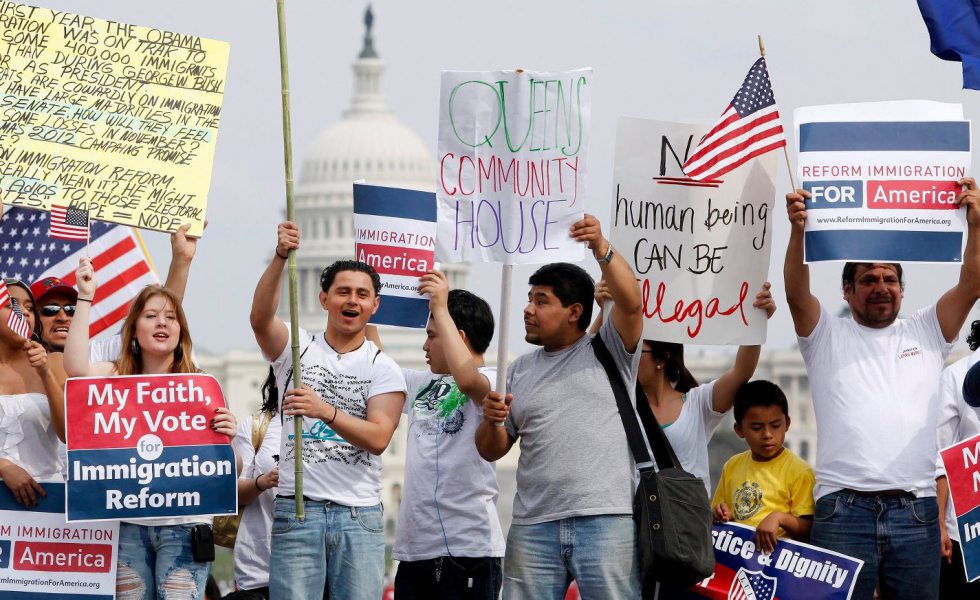Queens Community House: Tolerance, Inclusion, Diversity
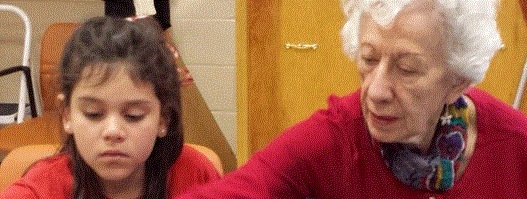
by Milena Rampoldi, ProMosaik e.V. – An important interview with Dennis Redmond, Chief Strategy Officer at Queens Community House. I did the interview with him to explore new strategies of community building, and inclusion to work for a tolerant, open-minded, diversified, and peaceful society. I am convinced that social change will come, and it will come from diversified communities, who learn how to live together, how to solve conflicts, and how to consider the “other” as enrichment. To get more information about Queens Community House, visit the website of the organisation www.queenscommunityhouse.nyc.
explained to our readers from your point of view. They are community building
and inclusion.
that stresses the inter-connectedness between individuals, families, and the
community as a whole, focusing on building relationships and raising
consciousness of the ‘web of mutual responsibility’ that unites us all. There
are certain values inherent in this concept, and people either share those
values — or not. If you have faith in individualism, if you choose to believe
that your success in life is all your own and is not thanks to the efforts of
others, then you’re likely to view community as an obstacle, as a weight.
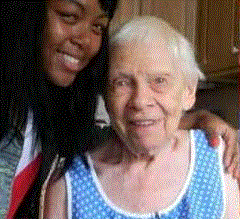 My perspective is that building community is not easy, not always
My perspective is that building community is not easy, not alwayscomfortable, but definitely advantageous in the long run. There’s not much one
can do by oneself, and there’s no learning involved if there’s no conflict, no
difference of opinion. From a practical perspective, we like to say “One can’t
organize a community that doesn’t exist,” so community-building is a necessary
pre-requisite to help people address their problems and injustices. It’s a
means to securing power for people who feel increasingly powerless, and is part
of nurturing a truly democratic society.
think about excluding anyone. In the past, communities may have been formed as
a way of protecting a particular group of people (ethnic, religious, etc.) from
their enemies, or to gain power for some by excluding others, but this type of
model won’t work for much longer. It’s antiquated.
MR: What are the main aims of your organisation?
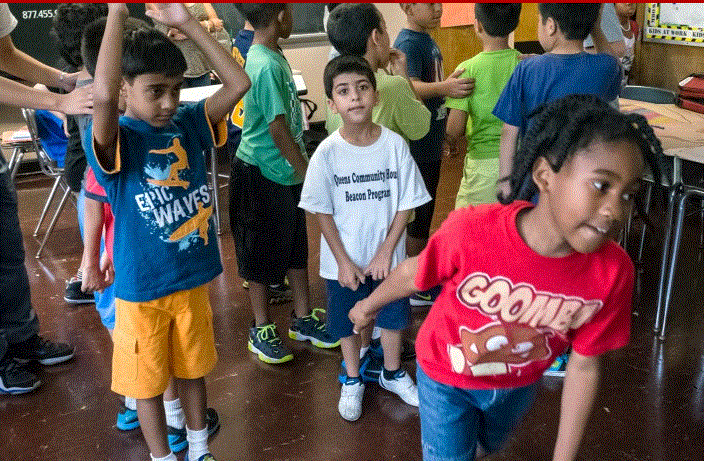 DR: We were founded as a settlement
DR: We were founded as a settlementhouse, which means we view social services as a way of reinforcing the purpose
of “community” – to provide for those in need, to give access to other
points-of-view and experiences, to organize for common rights and aspirations,
to create space for reciprocity. Our programs offer our neighbors a needed
support system at every stage of life, helping them to develop the knowledge,
confidence and skills to improve their lives and become engaged, “giving”
members of their community. We bring people together — around the need
for park spaces, educational opportunities, care for an elderly parent,
neighborhood safety, etc. Through our youth centers, friendships are
formed and biases overcome. In our English classes, immigrants connect over
common experiences that transcend culture. Members in our traditional senior
centers and our center for gay older adults learn that their concerns are
similar, regardless of sexual orientation. Through these interactions our
neighbors overcome their isolation and develop a sense of belonging.
ethnically diverse older adult population in New York City. Which are the most
important principles you apply to achieve intercultural and interethnical
empathy and dialogue?
in the world. 48% of the 2.3 million people who live here were born in another
country, and more than 135 languages spoken. The neighborhood I live in, for
example, has large populations of Koreans, Colombians, Bangladeshis, Irish,
Turks, Nepalis, Mexicans… It is the “great experiment,” an example of what is
already happening and will continue to happen in urban centers all around the
world. What amazes me is how well it is working! Not to say that there isn’t
tension, or that discrimination doesn’t exist here. It does. But there is a
remarkable intermingling, and a growing acceptance of difference. Most people
who come to Queens to live want to make a better life for themselves and for
their families, and this is something everyone can relate to.
by being humanist, that is, by underlining the value of every human
life. When people recognize the common things that connect us as human beings,
and give importance to that, then the cultural differences between us become
less important — but also sometimes more interesting. It is easiest to see
this through food, but it happens in other ways as well. We do an exercise with
people where we ask them to list the most positive aspects of their culture,
the values or characteristics that they want to preserve. Then we ask them to
make a list of the aspects of their culture that they don’t like or that no
longer serve a purpose. Then they share their lists with each other. It’s a
very liberating experience! Culture is not monolithic but dynamic, and when
people begin to see that they can adopt positive forms from other cultures
without abandoning what is most important from their own, it relaxes them and
opens up dialogue.
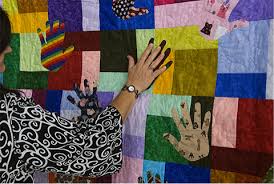
energy in keeping their family housed, fed, and safe, children have less
support at home and so need more from neighborhood programs such as ours.
Immigrant families especially have a lot of stressors, trying to adapt to and
understand the new environment they are in. All children need to know that people
believe in them and in their possibilities, and the more adults giving them
this message the better.
have lived in their community for all for their adult lives, but now their
children have moved away and their circle of friends has shrunk due to
re-location or death. So isolation and loneliness is a big issue. Most are on
limited incomes, and as rents and other prices rise, they have a harder time
caring for themselves. And people crave learning and meaningful activities all
throughout life, yet once people leaving the workforce we often stop thinking
about their intellectual and social needs.
families to adjust to life in New York. The pace here is very fast and it can
be psychologically oppressive. You are learning a new language, trying to
understand new social codes and ways of interacting, and you don’t necessarily
have older friend or family members to show you the ropes. For immigrants
without documentation it is even harder, as many of them or under-paid at their
jobs and exploited. And unfortunately there is still racial and religious
discrimination to deal with.
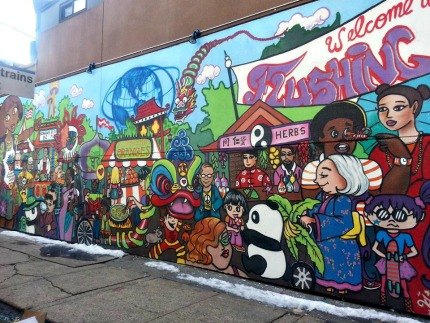
MR: If you have to make a balance: what have you reached until now and
which are the objectives in your near future?
ones, as well. Money has been given such importance in our society, and now it
is being concentrated in fewer and fewer hands. Violence of all types is being
used to control and intimidate people. I believe something new has to arise,
and I think we are in the process of seeing glimpses of what that will be.
There’s a new sensibility people are connecting to, a new way of prioritizing
what is most important to them. But the old forms still drag us down, we are
frightened to leave them behind even though they no longer work. Many
“accomplishments” achieved for the well-being of people, built over years, can
disappear overnight, leaving a feeling that maybe the work was for nothing. So
we have to work in 2 ways, with one eye looking at what is needed by people
right now and the other eye looking forward, trying to grasp the longer view
and working towards what is ultimately best for the human being in her
ongoing evolution. This is hard to do, but we’re getting better at it.
